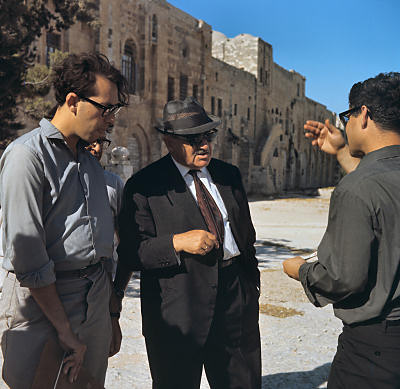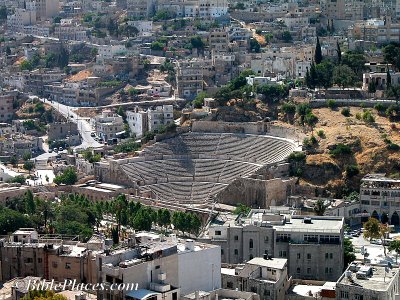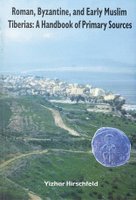Statistics may be boring to many, but a survey conducted by Dr. Maya Hoshen relating to the history of the population of the historic Old City of Jerusalem revealed that in 2004 the residents within the main part of the walls numbered 131,400 – “out of whom 16,200 were Jewish (12%), 115,200 Arabs (88%). 93% of the Arab population was Muslim, the rest Christian” (Kol Ha’Ir, August 11). In other words, of the Arab population of the Old City, only 7% were Christians.
Source: Caspari Center Media Review
UPDATE (9/12): The above numbers are incorrect. According to data from the Israeli Central Bureau of Statistics from 2003 (as cited in a Peace Now report), the Old City population is 35,372 people, not 131,000! The Muslim percentage is about 77%. The report gives other interesting statistics of the population of each quarter.
With 35,372 residents and a total area of about 900 dunams, Jerusalem’s Old City is one of the most densely populated areas in Israel, and the Muslim Quarter is the most densely populated area of the Old City. Population density varies dramatically within the Old City; details for each quarter, and for Jerusalem as a whole, are as follows:
Jerusalem: Jerusalem (not including the Old City) is about 125,398 dunams in size, with 657,845 residents, for a population density of about 5 persons per dunam.
The Jewish Quarter: The Jewish Quarter is 122 dunams in size and has 2,387 inhabitants, for a population density of around 20 persons per dunam. Of these residents, 1,811 are Jewish, 560 are Muslim, 12 are Christian, and 4 are “unclassified.” According to a 2002 report by the Jerusalem Institute for Israel studies, the Muslim population is composed of around 100 families living mainly on the edge of the Quarter, in homes that were designated for expropriation after 1967, but never actually taken from their owners.
The Christian Quarter: The Christian Quarter is 192 dunams in size and has 5,276 residents, for a population density of around 28 persons per dunam. Of these residents, 3888 are Christian, 1,242 are Muslim, 143 are Jewish, and 3 are “unclassified.”
The Armenian Quarter: The Armenian Quarter is 126 dunams in size and has 2,461 residents, for a population density of around 20 persons per dunam. Of these residents, 1205 are Christian, 748 are Jewish, 504 are Muslims, and 4 are “unclassified.”
The Muslim Quarter: The Muslim Quarter has a population of 25,248 residents and is 461 dunams in size, of which about 142 dunams is taken up by the Temple Mount/Haram al Sharif – an area not available for residence. This yields an overall population density (for the habitable 319 dunams) of about 79 persons per dunam. Of these residents, 23,461 are Muslim, 431 are Jewish, 1354 are Christian, and 2 are “unclassified.”



